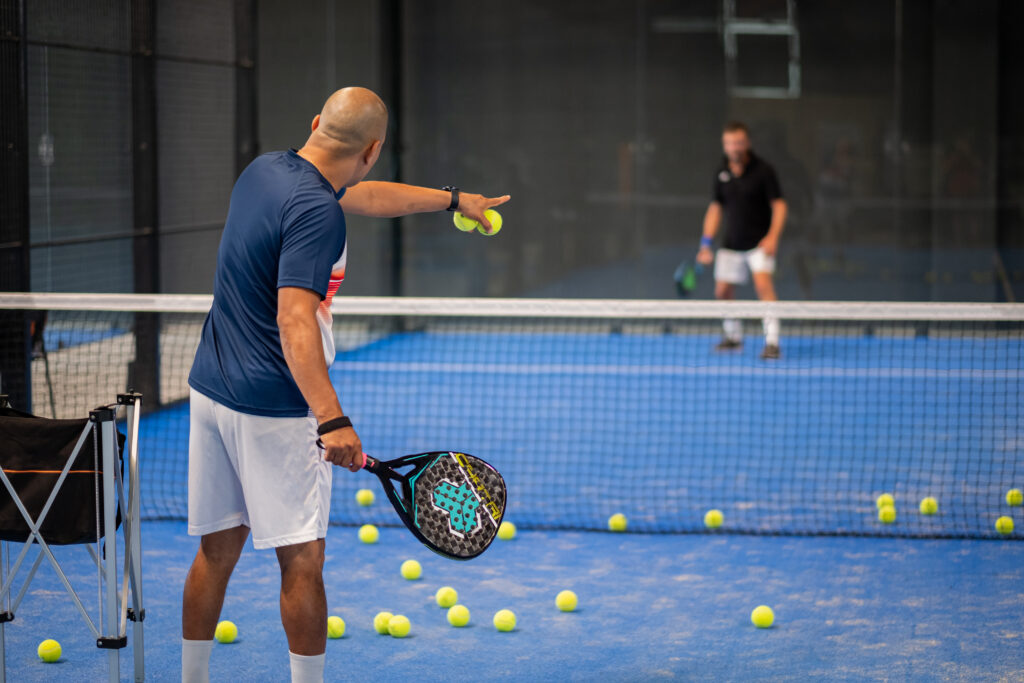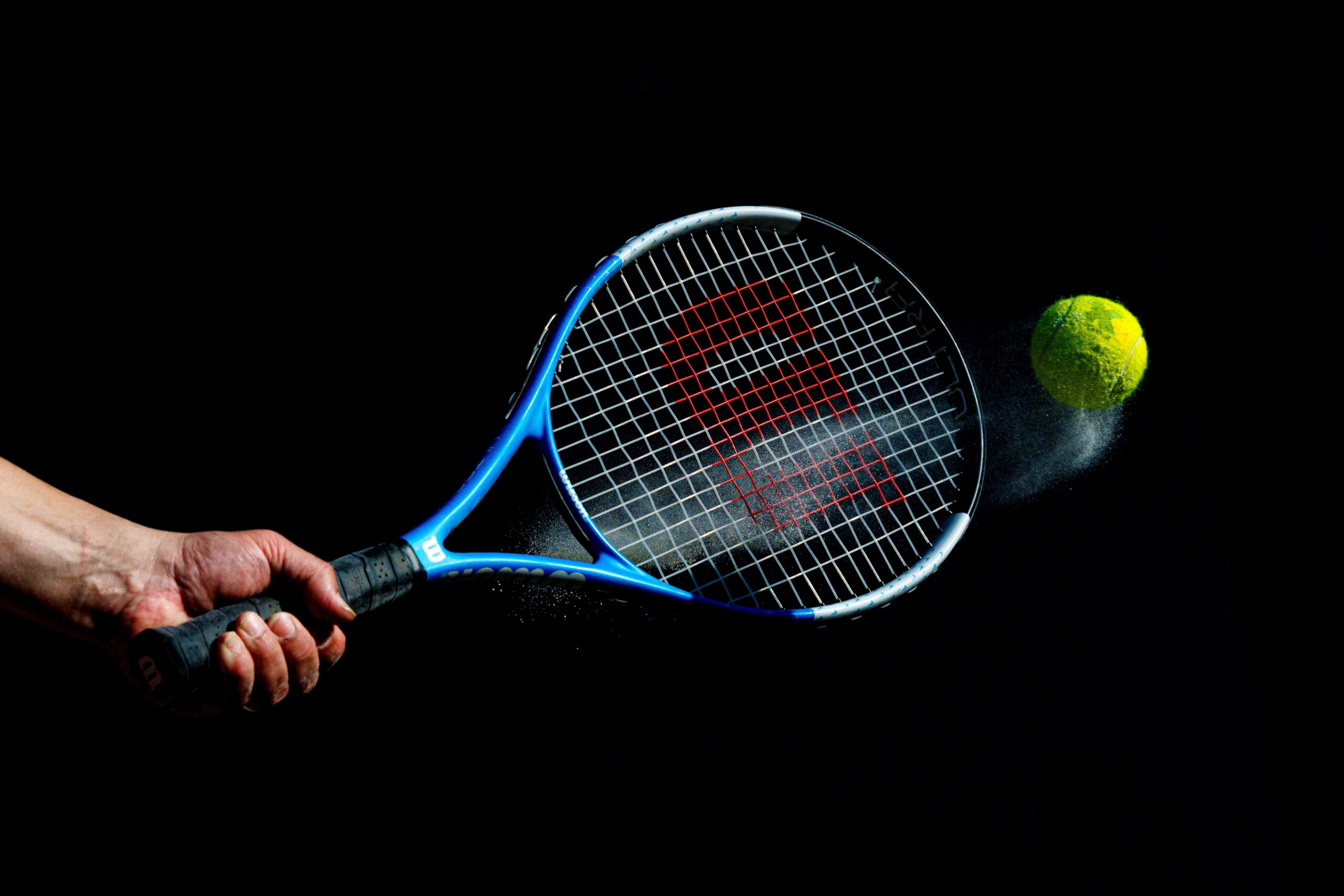Introduction: Where Matches Are Won — or Lost
Tiebreaks.
That heart-pounding, razor-thin moment in a match where everything hangs in the balance.
Your legs feel heavy. Your grip tightens. Your brain starts racing: “Don’t miss. Just get it in. You can’t double fault now.”
If you’ve been there, you know — a tiebreak isn’t just a test of skill.
It’s a test of your mental control.
I used to crumble in tiebreaks. But over time, I’ve built a set of mental tools and routines that help me stay calm, focused, and ready to compete.
This blog is my honest take on how I handle pressure during tiebreaks — and how you can too.
1. Stick to the Process, Not the Score
In a tiebreak, every point feels huge. That makes it tempting to:
- Force winners
- Panic after a mini-break
- Abandon your game plan
But here’s my golden rule:
Play the point, not the scoreboard.
What I focus on:
- Split step before every return
- Target zone, not the lines
- Deep breath after every rally
- Routines between points (adjust strings, bounce ball, reset)
When the brain wants chaos, routines bring clarity.
2. One Point at a Time — Literally
Tiebreaks are won by 2-point margins. That’s it. So the only thing that matters is the next point.
I’ve trained myself to treat each point as:
- A fresh start
- A chance to reset
- A separate game
My mantra:
“This point. Just this one.”
Whether I’m up 5–2 or down 2–5, the mindset stays the same. Fight for the next ball. That’s all.

Control the Controllables
There’s a lot I can’t control in a tiebreak:
- The crowd
- The opponent’s form
- A lucky net cord or bad bounce
But I can control:
- My effort
- My attitude
- My response to pressure
That shift helps me stay calm. Because when things go wrong (and they will), I remind myself:
“Breathe. You’re still in this. Respond, don’t react.”
Pressure shrinks when you focus only on what you can control.
4. Have a Go-To Play
In every tiebreak, there’s a moment when panic wants to take over. That’s when I go back to my go-to play.
For me, it’s:
- A deep crosscourt forehand
- Or a slice backhand to buy time
- Or a kick serve wide on the ad side
Why it works:
- It’s reliable — I’ve practised it hundreds of times
- It grounds me — gets me into a pattern I trust
- It buys time — and helps me find rhythm
In pressure moments, default to what you do best — not what feels flashiest.
5. Stay Positive — Even When It’s Ugly
Not every tiebreak point will be pretty. In fact, many won’t be.
But I’ve learned this:
Body language and self-talk shape the outcome.
If I drop my shoulders, mutter under my breath, or show frustration — my opponent sees it. More importantly, I feel it.
What I do instead:
- Fake confidence when I don’t feel it
- Walk tall, even after a mistake
- Tell myself: “Next point. You’ve been here before.”
It sounds simple — but it works.
Confidence in a tiebreak is often just composure under pressure.
6. Embrace the Moment
It took me a long time to realise this:
Tiebreaks aren’t pressure moments to fear — they’re opportunities.
This is what I train for.
This is the moment where focus matters.
This is where I grow.
Now, when I enter a tiebreak, I think:
“This is why I love this game.”
Win or lose, it sharpens me.
Pavel’s Tiebreak Reset Routine
Here’s what I do after every point in a tiebreak:
- Turn away from the net
- Adjust my strings (even if they’re fine)
- Take 3 slow breaths
- Repeat my phrase: “This point.”
- Step up and commit
It only takes 15–20 seconds — but it keeps me grounded.
Final Thoughts: Pressure Is a Privilege
Tiebreaks used to terrify me. Now, I see them differently.
They’re not the scariest part of the match — they’re the most honest.
You see what you’re made of. You learn what you need to work on. You grow.
And every time I enter one, I feel more ready. Not because I always win — but because I know how to compete.
So next time you’re in a tiebreak, don’t panic. Breathe. Reset. Play the next point like it’s the only one that matters.
Because it is.







